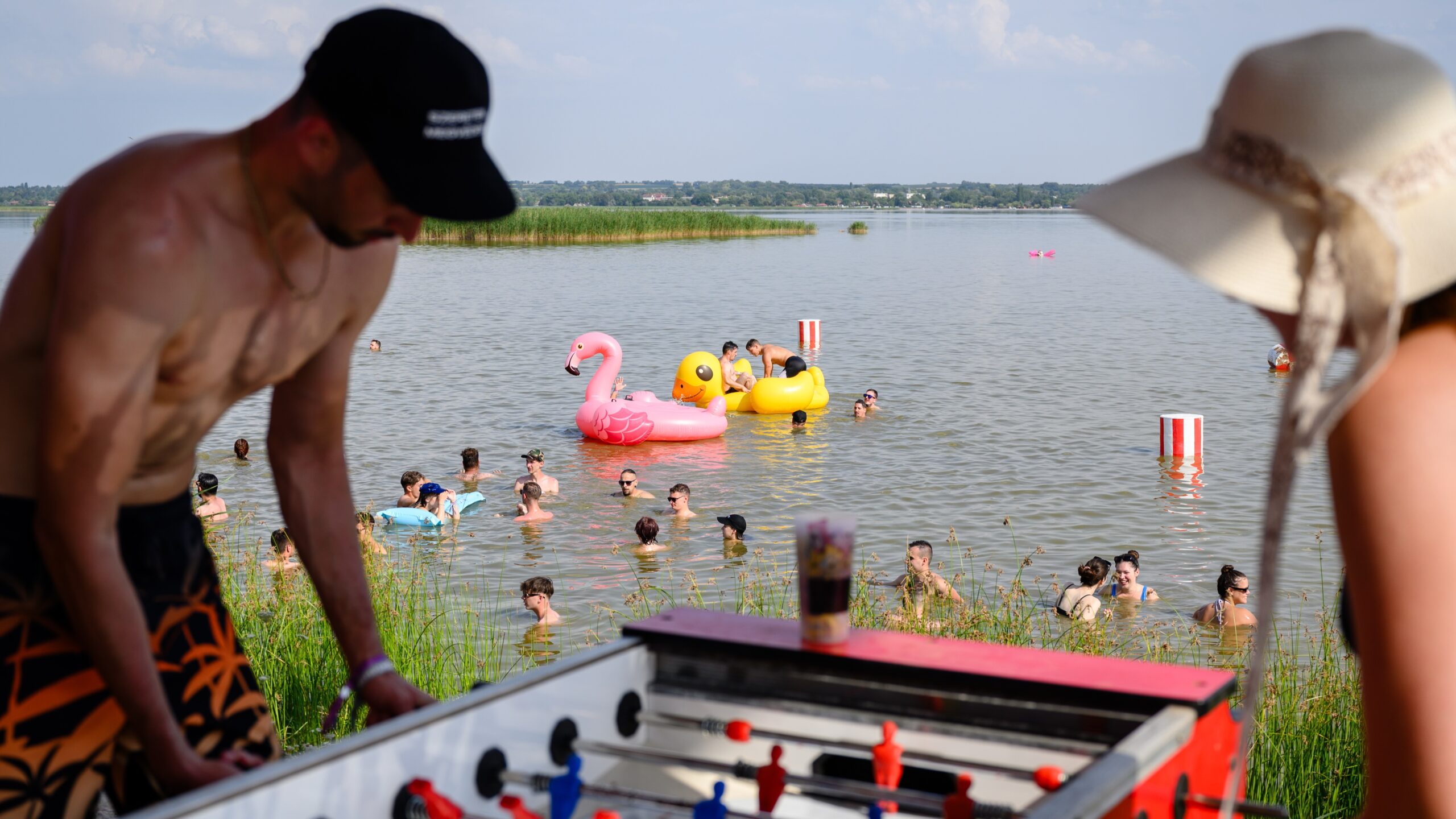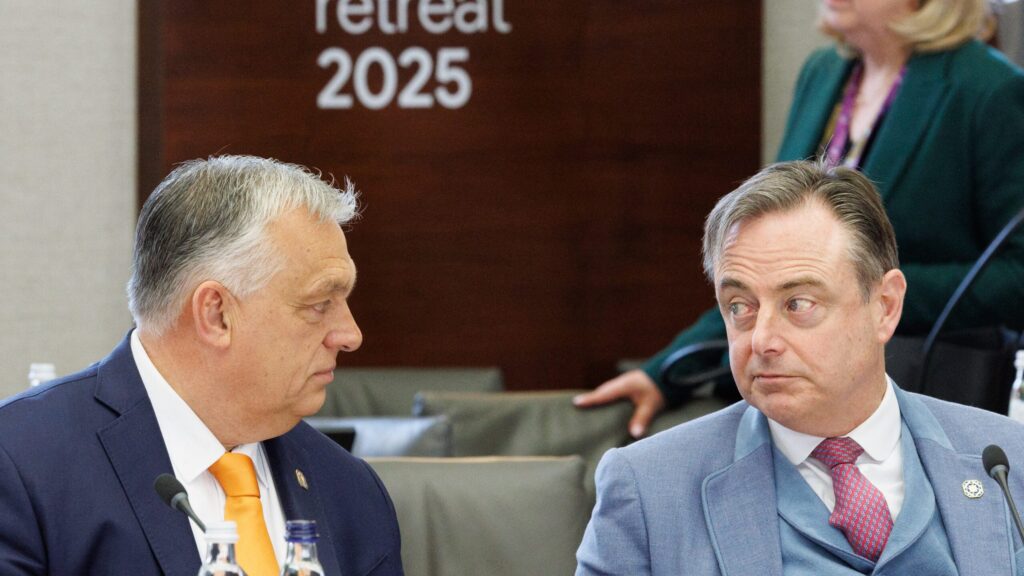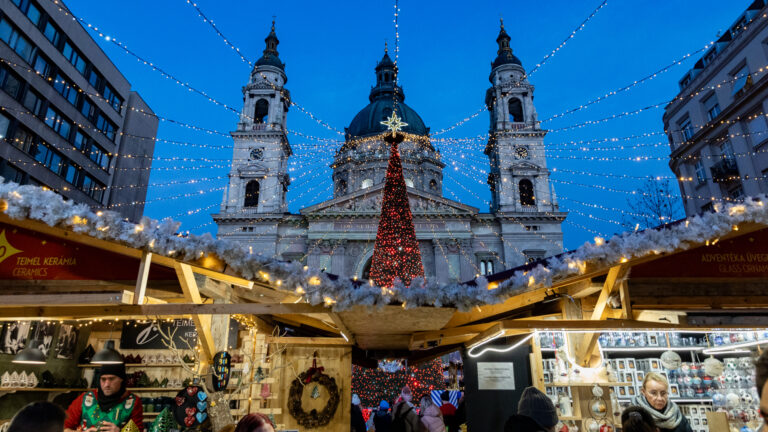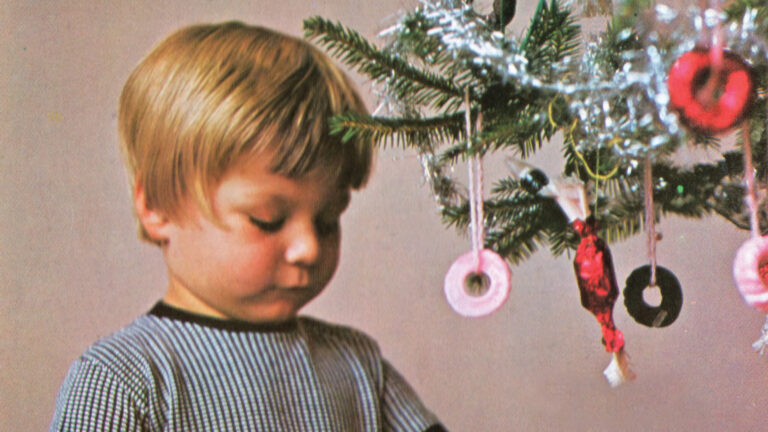The number of visitors and overnight stays tripled due to the Balaton Sound festival, accommodation revenues significantly increased during the Campus Festival and EFOTT, and the week following the Valley of Arts (Művészetek Völgye) accounted for 93 per cent of the total monthly guest traffic—these are the remarkable tourism results observed in Hungary’s ‘festival towns.’
This summer, the major music and dance events attracted thousands of visitors, significantly boosting the local economy. The biggest beneficiaries of these multi-day events were the accommodation providers in the Velence Lake town of Gárdony, Debrecen, Kapolcs, and Zamárdi, as reported by the Hungarian Tourism Agency (MTÜ) on Friday.
According to the MTÜ, the 2024 festival season kicked off with Balaton Sound from 3 to 6 July, hosted again in Zamárdi. Data from the National Tourist Data Service Centre (NTAK) shows that during this time, more than 12,000 guests spent 22,000 nights in the town’s accommodations. This resulted in a three-and-a-half-fold increase in guest numbers and nearly tripled the number of overnight stays compared to the same period in the previous week.
Accommodation providers in Gárdony, Velence, Sukoró, Pákozd, and Kápolnásnyék also experienced growth between 10 and 14 July. The EFOTT festival, originally started as the National Tourism Meeting of University and College Students, attracted approximately 3,600 guests to the area’s accommodations. This led to a significant boost in peak season occupancy: guest numbers increased by more than 10 per cent, and overnight stays by 20 per cent compared to the previous week. The biggest winner of the festival was Kápolnásnyék, where guest numbers more than doubled, and the number of nights spent increased by 143 per cent compared to the previous week. Additionally, Sukoró saw an increase of over 60 per cent, and Gárdony experienced a 24 per cent rise in overnight stays during the festival.
The Valley of Arts, held from 19 to 28 July in Kapolcs, Taliándörögd, and Vigántpetend, in the Balaton Uplands, had a similar impact. According to NTAK data, Kapolcs’ popularity surged significantly: the three host towns welcomed more than 2,000 guests, with over 6,000 of the nearly 8,000 nights spent registered at Kapolcs accommodations. This means that 93 per cent of the village’s total July turnover occurred during the festival.
Compared to the previous week, Debrecen saw a 25 per cent increase in guests during the Campus festival from 24-28 July. Around 8,000 guests spent 15,000 nights in the city. The number of domestic visitors was 66 per cent higher, and the nights spent increased by 34 per cent compared to the previous week.
The festivals also significantly contributed to the revenue growth of local accommodations.
During Balaton Sound, accommodation revenues in Zamárdi increased more than fourfold compared to the same period in the previous week. In Kapolcs, Taliándörögd, and Vigántpetend, accommodation revenues rose by more than 70 per cent during the Valley of Arts compared to the period before the festival. Similarly, accommodation revenues in Debrecen significantly increased during the Campus festival, and overall, Sukoró, Velence, Gárdony, Kápolnásnyék, and Pákozd saw a 30 per cent rise in accommodation income during EFOTT.
The demographic distribution of guests also often shifts due to the festivals. In Zamárdi, during Balaton Sound, there was a 23 percentage point decrease in the proportion of guests under 18 and a 34 percentage point drop among those over 35. In contrast, the proportion of guests aged 19-24 increased by 27 percentage points, and those aged 25-34 rose by 29 percentage points compared to the previous week. The EFOTT festival similarly led to an increase in the proportion of guests aged 19-24 and 25-34 around Lake Velence by 8 and 6 percentage points, respectively.
Among accommodation types, hotels, private and other accommodations, and campsites proved the most popular at festival locations. In Zamárdi, more than 50 per cent of overnight stays were registered at campsites, with 20 per cent more people staying there than from 26-29 June. Meanwhile, 40 per cent of guests preferred private and other accommodations. During EFOTT, more than a third of overnight stays in Gárdony, Velence, Sukoró, Pákozd, and Kápolnásnyék were registered at private and other accommodations, resulting in a nearly 50 per cent increase compared to the same period in the previous week, the MTÜ wrote.
Sziget Festival, the largest music festival of the summer in Hungary will begin on 7 August. Seeing the data regarding the other festivals it is expected that tourism numbers will see a significant rise in Budapest and cities close to the capital.
Related articles:







